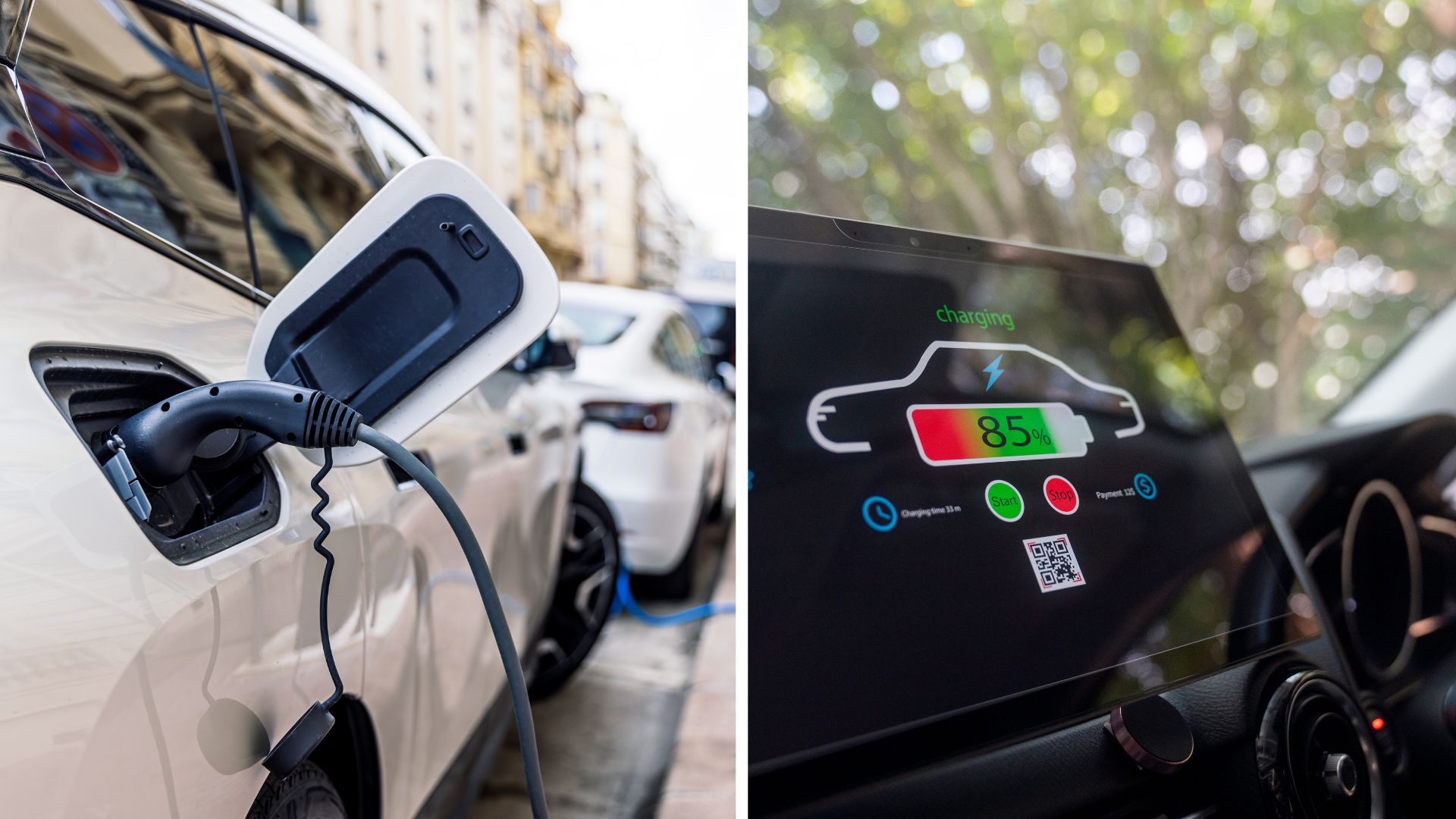
The lifespan of EV batteries has remained a challenging factor for their users. After continuous usage over years, the lifespan of these batteries decreases. But a new experiment offers hope for a longer lifespan of EV batteries.
An AI model developed at Uppsala University could reportedly offer improved safety and longer life for EV batteries. The model provides a much more accurate picture of battery aging.
Batteries in electric vehicles wear out too quickly
Being able to learn more about the life and ageing of batteries will benefit future control systems in electric vehicles. It also shows how important it is to understand what happens inside thebatteries," said Professor Daniel Brandell, who led the study and is in charge of the Angström Advanced Battery Centre atUppsala University.
If we stop looking at them as black boxes that are simply expected to provide power, and instead acquire a detailed picture of the processes, we can manage them so that they stay in good conditionlonger.”
Batteries in electric vehicles wear out too quickly and this is slowing down the electrification of the transport sector.
AI tool extends lifespan
This is a major waste of resources today and is holding back the transformation of the transport sector. To address this issue, the automotive industry is developing software, often based on AI, to optimize battery management and control. The latest tool by Canadian researchers is one of them.
Researchers also revealed that several years of battery testing were behind the study, carried out in collaboration with Aalborg University in Denmark. A database was built by collecting data from numerous very short charging segments. This was then combined with a detailed model of all the different chemical processes taking place inside the battery.
"Altogether, this gives us a very precise picture of the various chemical reactions that result in the battery generating power, but also of how it ages during use," says Wendi Guo, who conducted the study.
ML framework built on digital twin model
Researchers revealed that their work proposes the machine learning (ML) framework built on a digital twin model that links key design parameters to real-world behaviors of graphite/nickel–manganese–cobalt–oxide LiBs under a diverse range of fast charging protocols, depths of discharge, and dynamic discharge profiles representative of applications in Nordic climates.
Published in the Energy and Environmental Science journal, theresearchfocuses on a new framework that infers six key design parameters directly from short charging segments, enabling rapid health prediction within seconds.
Model improves the robustness of health, lifetime predictions
Notably, this approach improves the robustness of health and lifetime predictions by up to 65% and 69%, respectively, compared to baseline multi-layer perceptron and linear regression models, while also outperforming the baseline random forest model, with a training time of 1 second, according to researchers.
The research team also pointed out that the strong physical correlation between capacity variability and three design parameters—solid-state diffusion coefficient, particle radius, and electrode thickness—during fast charging highlights their vital role in determining the degradation pathways.
"The framework can be easily integrated into upstream workflows and battery management systems, enabling end users to customize usage patterns and guiding developers toward improved design strategies," said researchers in the study.
0 comments:
Ikutan Komentar